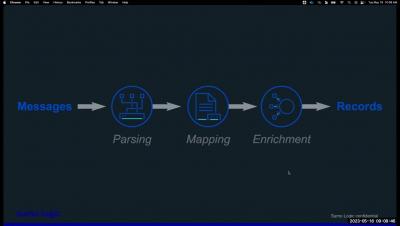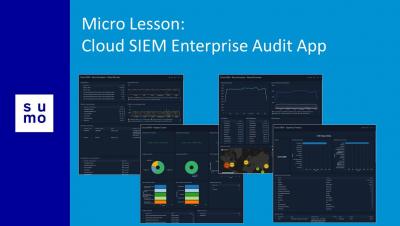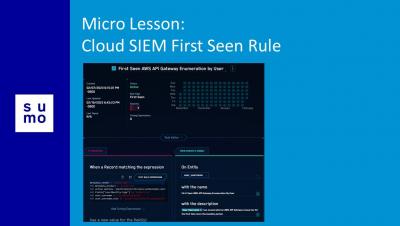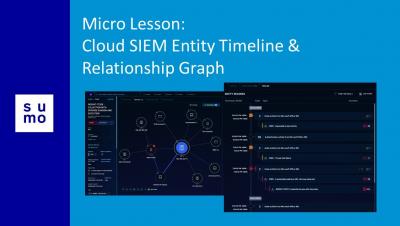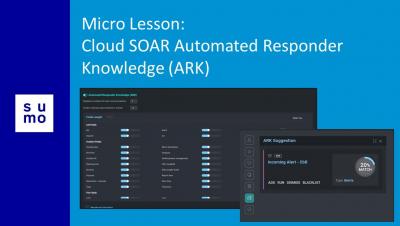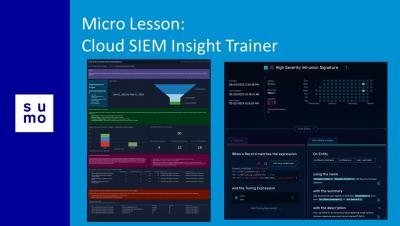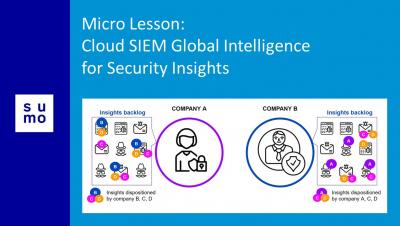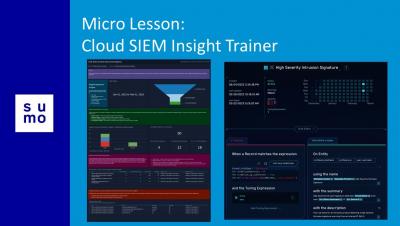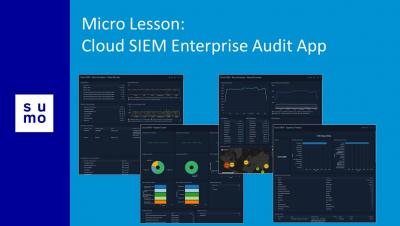DevSecOps and log analysis: improving application security
More and more organizations are abandoning the outdated waterfall development methodology for more practical and efficient Agile development practices. As this movement has occurred, development teams are moving faster than ever by employing Continuous Integration (CI) and Continuous Deployment (CD) practices that are serving to shorten development cycles and get new features into production faster. This does, however, come with greater security risk in some respects.




